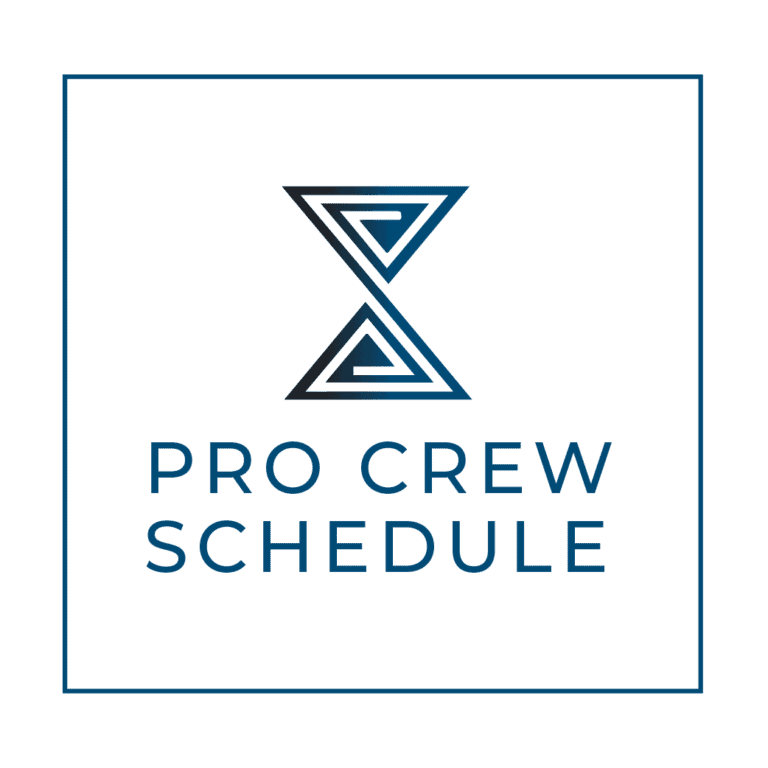Looking back in the past decades, benchmarking has long been used as a tool for companies looking to boost the overall importance of their construction businesses. The whole process involves comparison and evaluation to a particular standard with the ultimate goal of applying systematic improvements in an organization. While the concept of benchmarking is not necessarily new to the industry, only several companies have adopted it in managing construction.
It can help construction companies see hidden good practices, establish realistic goals and incorporate them across the organization. It can also promote a healthy competitive environment across projects and teams to reward better performance and output. For contractors involved in public or government projects, benchmarking can be helpful in the bidding process by presenting a case for the value delivered to the project owner– and the community at large.
First Thing’s First: What is Benchmarking?
Benchmarking is a strategy of improving a company’s performance logically, systematically by comparing your performance against other companies in the same industry and then using learnings from the frontrunners to make targeted improvements points. Benchmarking usually involves answering questions such as:
• What are our objectives for benchmarking?
• What benchmarking type will best serve our goals?
- Do we have access to the correct data and technology to succeed?
- Which companies perform better?
- Why are they better?
- What specific actions do we need to make in order to improve our performance and manage construction projects at the same level?
While benchmarking has been adopted in the construction industry for years, the current surge of interest has been encouraged by the onset of national Key Performance Indicators (KPIs) that allow companies to measure their overall performance easily and set targets based on retrieved national performance data.
What is a Benchmark?
A benchmark is the top-level, highest standard, the best-in-class performance achieved for a specific business activity or process. It is the actual performance that has been achieved in reality that can be used industry-wide to establish improvement goals.
You should note that the term “benchmark” sometimes refers to average performance or minimum acceptable standard- which is incorrect. Care should be taken in using this term correctly.
What are the Benefits of Benchmarking?
Benchmarking prioritizes improvement efforts on factors critical to success. It also ensures that improvement targets are based on what was achieved during practice, which removes the lazy option of just saying “it can’t be done.”
Benchmarking also guarantees that your company’s performance compares favorably with a consistent and best set of practices. For companies in the public sector, benchmarking guarantees that “best value” is being achieved.
What are the Types of Benchmarking?
Benchmarking can be performed against any target company or organization that is deemed to be the best. A full benchmarking activity will involve not only the collection of data and comparison of insights but will include fact-checking studies to uncover the reasons for superior performance that some companies achieve.
Data-driven benchmarking can be conducted easier now that sets of KPIs are published nationally and even internationally. Careful review and assessment must be done before deciding on the correct set. When a company wishes to carry out fact-checking studies as part of benchmarking, it can choose between the most commonly used construction benchmarking strategies:
1. Internal Benchmarking
As the name suggests, this refers to comparing internal operations like construction crew management or project areas against another within the same company. Bigger companies will usually have a wide range of scope for this type of benchmarking and should aim to boost the company’s level of performance to the current best company.
2. Competitive Benchmarking
This type refers to the comparison against a certain competitor for the service, product, or function of interest. This will provide information and data about how the competitors perform and achieve. It is more complex and challenging to carry out than internal benchmarking. A number of benchmarking tools have been established to collect and compare data from different companies that compete with each other.
3. Generic Benchmarking
This refers to the comparison of business processes and functions that are consistent, regardless of industry or country it is adopted. A well-documented study in the USA shows that a ready-mix concrete company measures its delivery performance versus a pizza delivery company. Since both were in the business of delivering products, they have the same goal of arriving at the point of use on time.
4. Cross-Industry Benchmarking
If you are more interested in adopting efficiencies adopted by industries other than construction, this type of benchmarking is for you. Improving productivity is a top priority in construction, as it represents resiliency after changing processes using the same technology that many other industries are now employing.
What are the Challenges to Successful Benchmarking?
Be careful of the following when employing benchmarking for your company:
- Don’t overwhelm yourself and benchmark too many items to begin with. Select two or three priority areas and gradually add other things over time.
- Don’t waste time benchmarking items that are just “interesting” or only“ nice to know.” Every benchmark item should aim to boost performance in areas vital to the organization’s performance.
- Lack of precision and objective in what is being measured.
- Failing to conduct an initial pilot test to ensure the methodology works.
- Failing to adjust the benchmarking targets when the company’s priorities change.
The Importance of Data in Construction Benchmarking
Now that you have an overview of the definition, benefits, and pitfalls, we can proceed on how you can employ it in your company- and it’s through better data and insights. As contractors, you want to make improvements to optimize your company’s workflows and processes based on those findings.
The problem is that we are all well aware of the importance of data in construction and what insights it can generate for our projects and our overall business. But nearly everyone is doing it wrong because they don’t have enough data to analyze in the first place. And to have enough data to run through, you have to collect it– consistently and frequently across all of your construction projects.
Here’s how to get there.
Best Practices in Construction Benchmarking for Contractors
While most contractors desire to use new technology effectively for data and analysis, the challenge now is ensuring that processes are set up in place to collect it consistently.
Fortunately, many contractors understand that implementing these processes doesn’t happen overnight and that you can’t force tools and technology upon someone out of the blue. In the construction industry, where culture trumps strategy, it is best to consider and think through how you are going to let everyone adopt this new of doing things.
Here are some of the practices you can use for more effective construction benchmarking:
1. Identify what specific areas you want to focus on
Rather than a shotgun approach of attempting to fix all of your systems at once, find the easiest one to solve, identify where processes are inconsistent, and implement revised or even new standards—for instance, your scheduling management program.
2. Evaluate your existing process for that area of focus
Is your company using construction scheduling software to manage day-to-day on-site activities for ALL of your ongoing construction projects? If not, now is the perfect time to consider it.
3. Identify your roadblocks
What’s keeping your team from implementing cloud-based construction management software on all of your projects?
4. Plan your implementation process
What steps have been working, and what hasn’t? What would a successful implementation plan look like?
5. Collect data in a single source or platform
Once you have tackled identifying your weaknesses and start to collect data consistently, you’ll be able to consolidate it into a single source (this is where having a digital platform and integrations between technologies becomes vital). Analyzing this data will give you your baseline or benchmark that you can start to measure against.
6. Consider hiring a process and data specialist, either temporarily or permanently
These experts are not always expensive, and they can help your team streamline your benchmarking and analysis process.
7. Gain buy-in and support from stakeholders by providing success stories
What stories and case studies can you show compelling and would motivate them to make the jump to more effective benchmarking?
We recognize that the 7-step process above is much easier said than done. Yet many general contractors have been implementing these processes in their businesses for years and are successful in doing so.
Key Takeaway
While profits and costs are the traditional measures of success, these alone are not enough in the current times. The importance of increased efficiency and performance improvements can’t be overstated. Higher revenue and increased margins are significant, but benchmarking efforts fill in gaps in performance to ensure the company is working at its highest possible level.
We all appreciate some predictability in our everyday lives, and we could certainly use more predictability on construction sites and in our projects and company as well. Data and insights are the keys to predictability, and predictability means stronger reputations for contractors and better quality for clients.
Start with Pro Crew Schedule today to help you give an overview of your current business processes, so you can evaluate and compare them in any benchmarking style to want. Try the 30-day free trial today!







